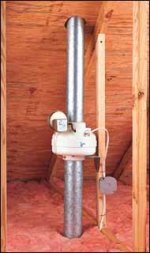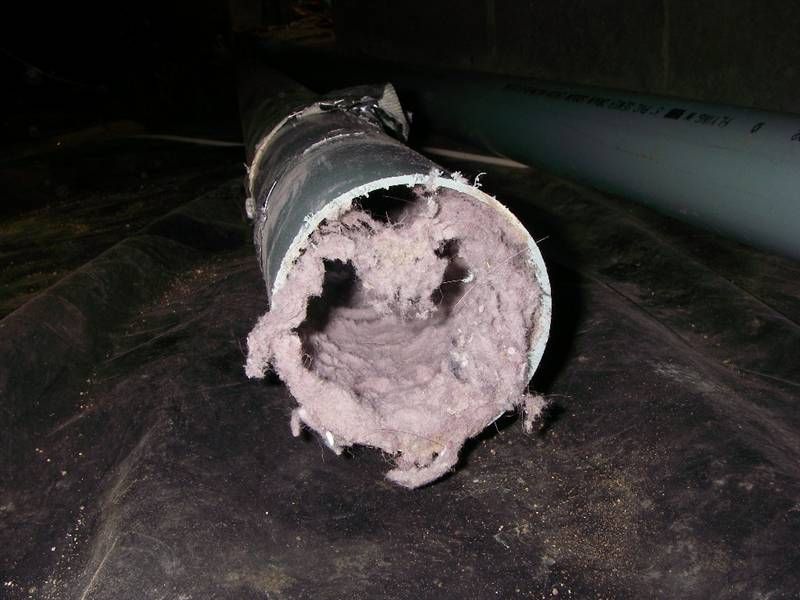jar546
CBO
OK, people can look at it that way. I was not being specific to you. Nice link btw.
Your premier resource for building code knowledge.
This forum remains free to the public thanks to the generous support of our Sawhorse Members and Corporate Sponsors. Their contributions help keep this community thriving and accessible.
Want enhanced access to expert discussions and exclusive features? Learn more about the benefits here.
Ready to upgrade? Log in and upgrade now.
There is hope, the 2009 requires the developed length of the duct to be permanently labeled by the machine. At lease now there is an OPPORTUNITY to get it right with a dryer replacement. Wooops, already answered by a previous post.Anyway, 5% of fires for just ONE CAUSE is a high numberfiddler said:Personally I really hate that addition to the code. There is no way to ensure that future owners of the house will have a dryer with the same capacity. Or for that matter when the existing owners replace said dryer.
Yes, I am really starting to have a hard time with it, , , sheetrock and other finish materials have similar vapor retardant properties, why is having an additional vapor retarder necessary in those locations? The PROBLEM is that the building is not ventilated, , , I am getting really sick of this energy baloney. . . can you tell?JBI said:The nailing of kraft paper to the insides of studs is a convenience to the drywallers, but a detriment to the longevity of the building. Air, spelled m-o-i-s-t-u-r-e moves through those spaces causing problems... As infrequently as all other details get done correctly, like cutting around boxes, etc it's hard to get anyone to understand this one.
Attic Access.....Big Mac said:Any pictures as to how they plan to provide access tothat for servicing, replacment, etc. Any type of access panel I can immagine would really look great in a finished ceiling.


http://www.thebuildingcodeforum.com/forum/residential-mechanical-codes/9662-dwv-under-slab-dryer-duct.htmlglobe trekker said:Their existing exhaust duct is an underground pvc duct that terminates below grade oudoors, and fills up with water when it rains.
If He really wants a safe installation, he should avoid a booster fan altogether! If it quits working, it becomes nothing more than a lint trap, and it's one of those things that easily becomes "out of sight, out of mind".globe trekker said:The customer is not really interested in any type of approved assemblies
vs. approved motors issues, but DOES seek to have a safe and functional
install. They also do not want to relocate their dryer to an exterior wall!
.
Require an interlock. Redundant fans. A sprinkler system. Fire watch. Trained Beagle.klarenbeek said:If He really wants a safe installation, he should avoid a booster fan altogether! If it quits working, it becomes nothing more than a lint trap, and it's one of those things that easily becomes "out of sight, out of mind".

